The E-Space Portal is a unique and efficient access point to billions of digital objects and resources from a number of major repositories, integrating the search results into common views, simplifying the search and offering users a set of tools to manage and share digital cultural heritage items. The tools of the E-Space Portal can also be used to upload personal datasets, clean, enrich and aggregate them, as well as to enhance the visibility and reach of digital collections with virtual exhibitions and engaging stories.
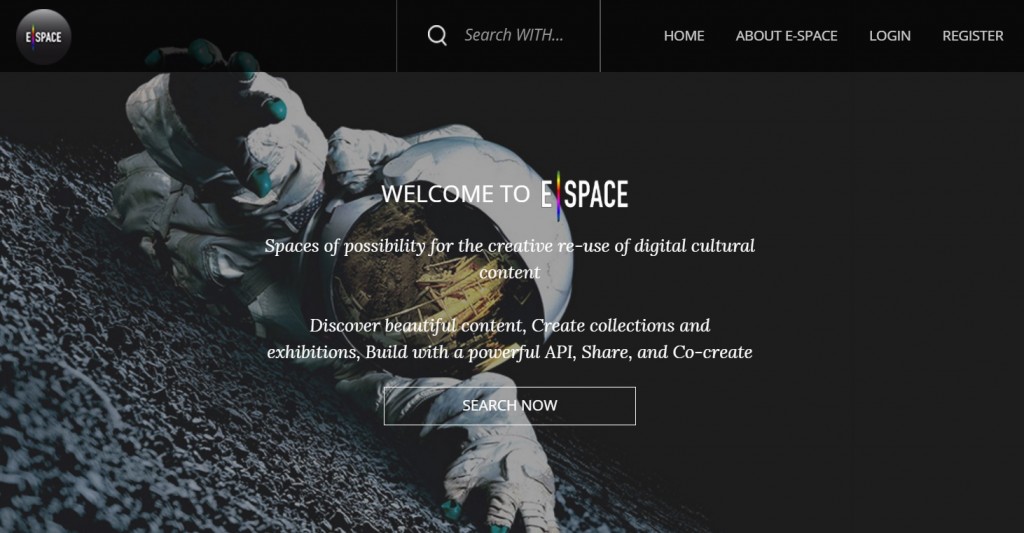
Discover beautiful content to engage with, mix and match your own materials and share them with your friends and colleagues.
The E-Space Portal is a great starting point for Users to discover cultural heritage resources that reside in distributed repositories. They can combine different sources with their own material, allowing them to offer new interesting narratives for the appreciation and communication of culture.
Be part of a community and make your content available to potential users, creative minds and new audiences who can enjoy your beautiful collection.
For Content Holders it offers an easy to use content & metadata repository and management system that can ensure interoperability with standards, best practices and aggregator guidelines. The platform includes a customisable portal for the visualisation of digital collections, exhibitions and stories, while facilitating the public’s access to content available for creative reuse.
E-Space Portal and its features help you to answer the question “what to do now, how to leverage on these digitised collections?”
Cultural Heritage Professionals are offered the tools to compose and contextualise eclectic collections, contributing to the promotion, improvement, and evolution of digital CH knowledge. The Creative Industry is using the platform as a back-end to build applications that reuse digital heritage.
E-Space Portal offers an integrated service for aggregation and metadata manipulation, customizable according to your needs.
For Aggregators, the infrastructure uses the metadata interoperability platform MINT that fully implements workflows for the ingestion, formal mapping, and transformation of metadata records. Services include validation, quality checking, data cleaning & normalisation, and previews, while the platform can implement a variety of publication approaches (such as OAI-PMH, SPARQL endpoint, and REST API) for the resulting repository.
Discover this major outcome of the E-Space Project at http://espaceportal.eu/
Register now and start creating your custom exhibition, collection and spaces and share it with the world!


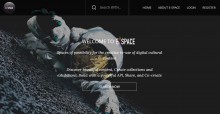



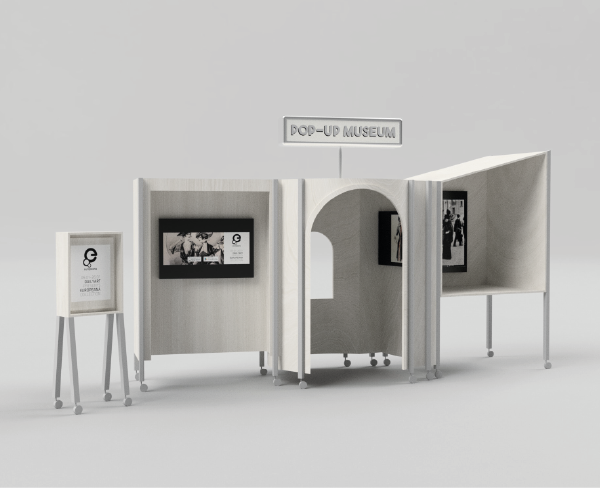





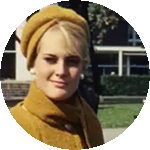
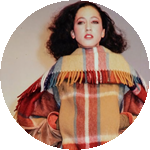

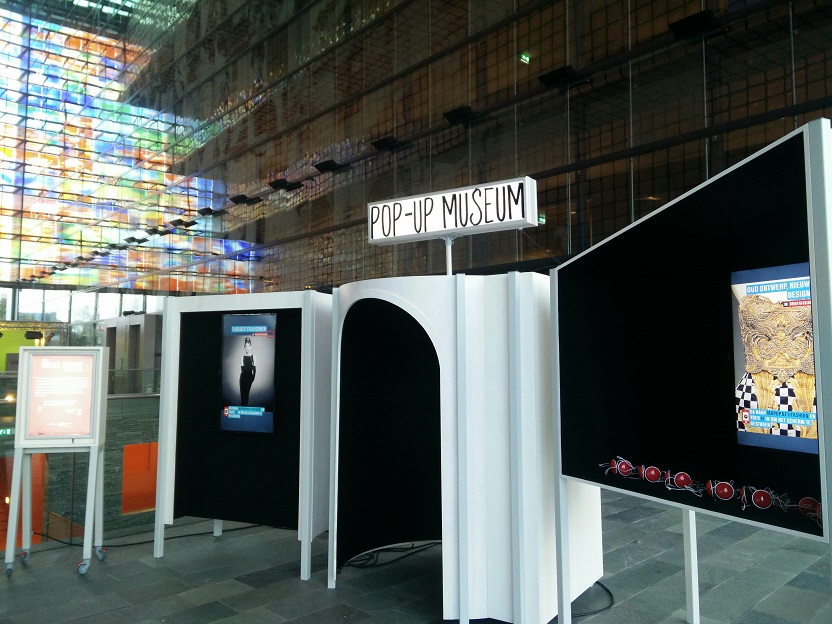
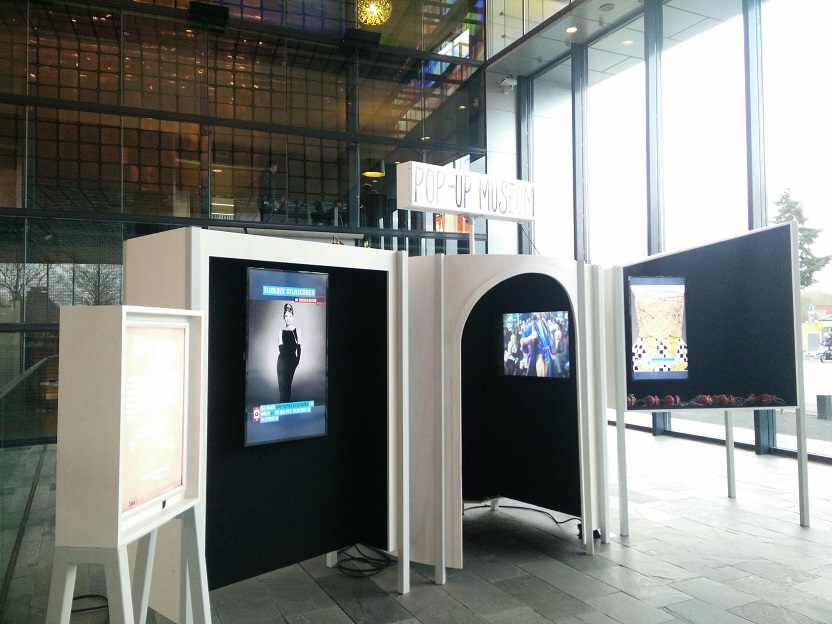
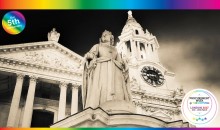
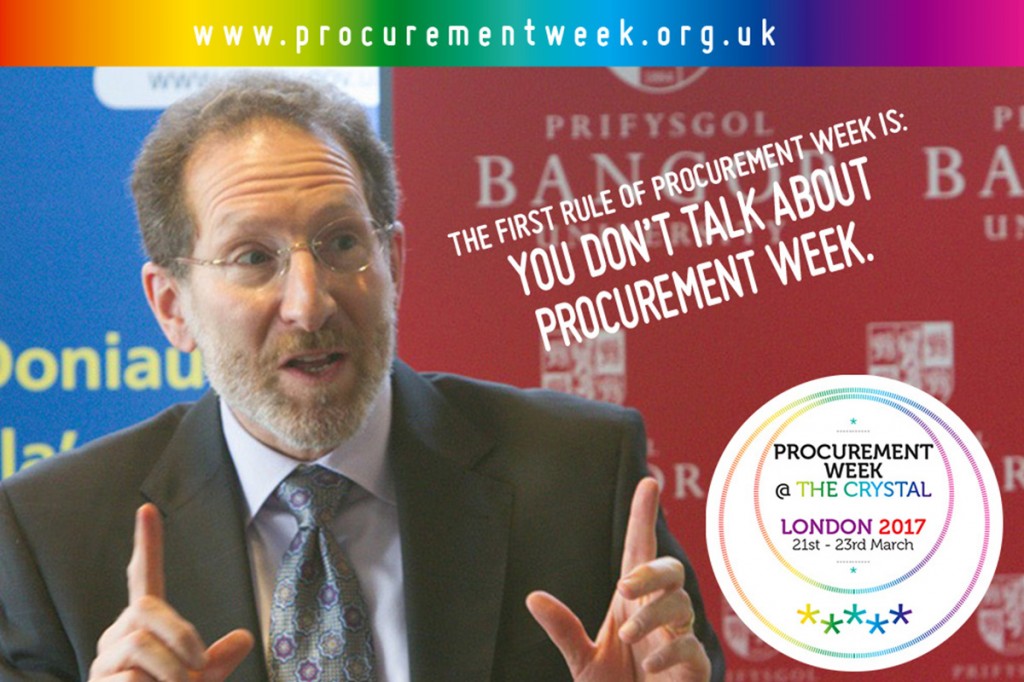
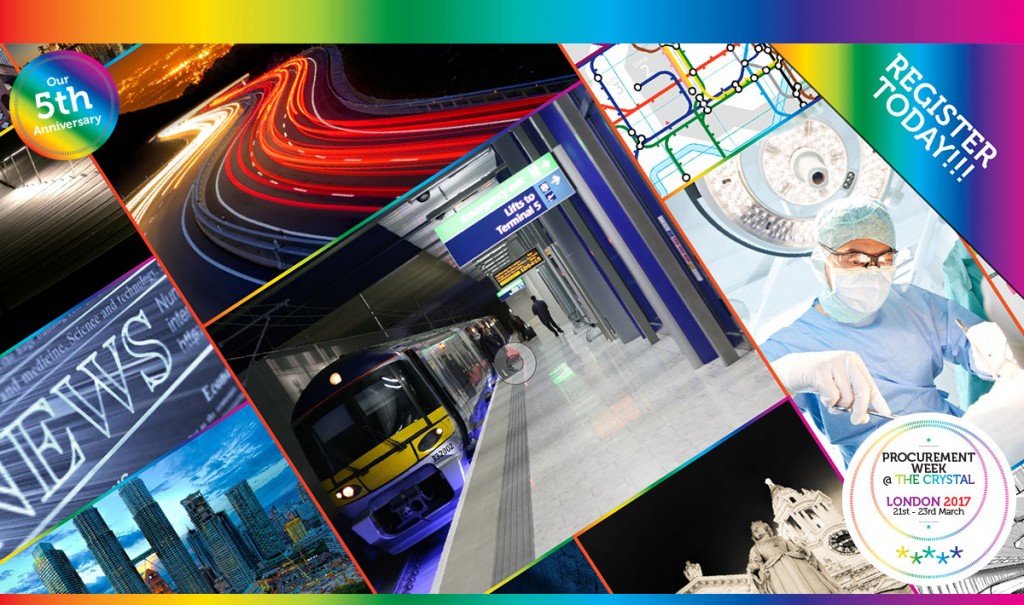
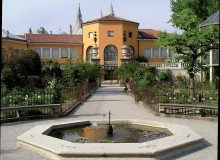
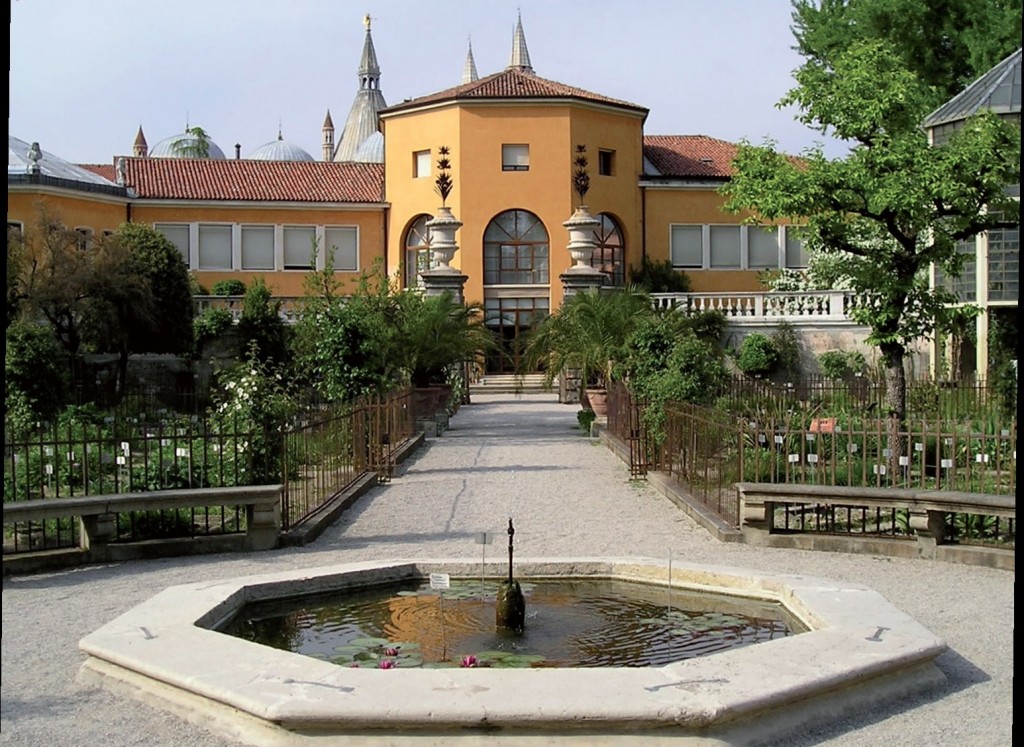
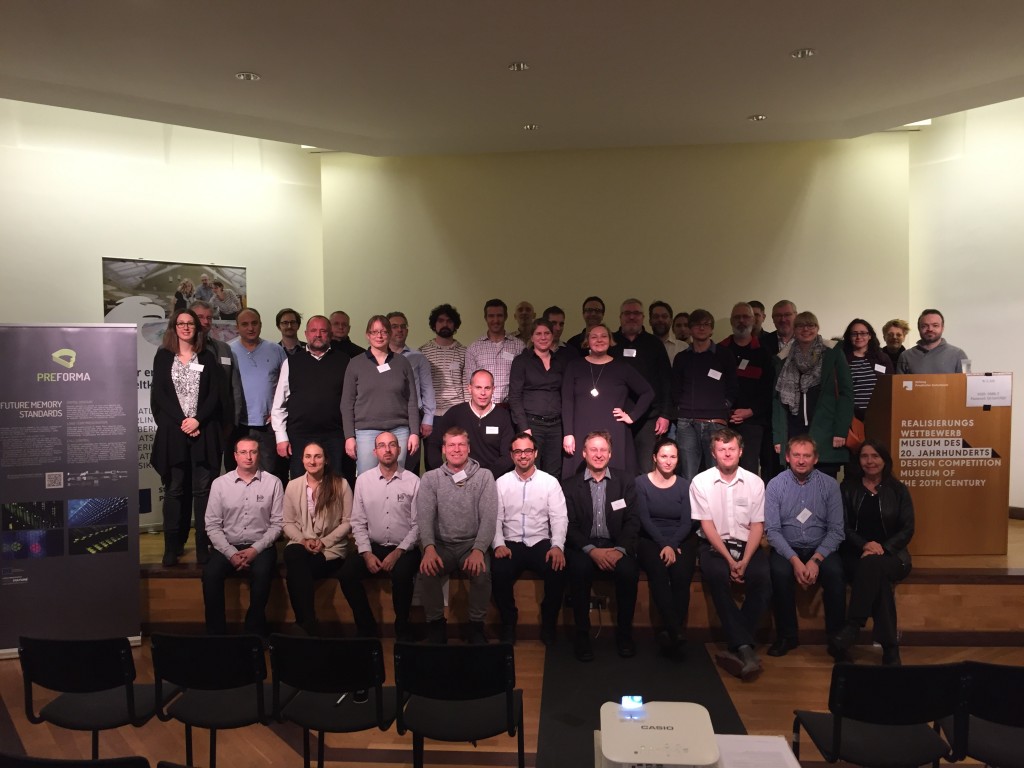
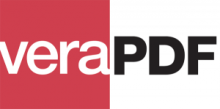
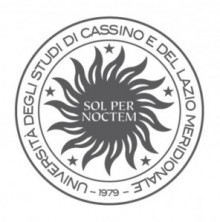

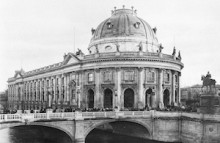

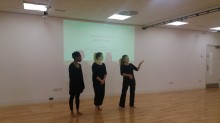
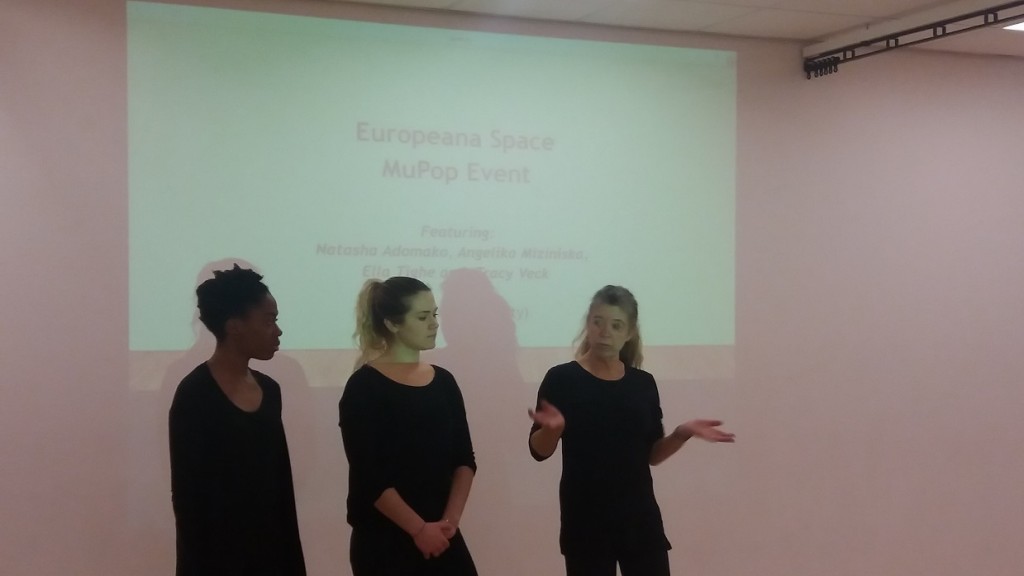
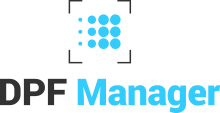


 If you have interesting news and events to point out in the field of digital cultural heritage, we are waiting for your contribution.
If you have interesting news and events to point out in the field of digital cultural heritage, we are waiting for your contribution.







































